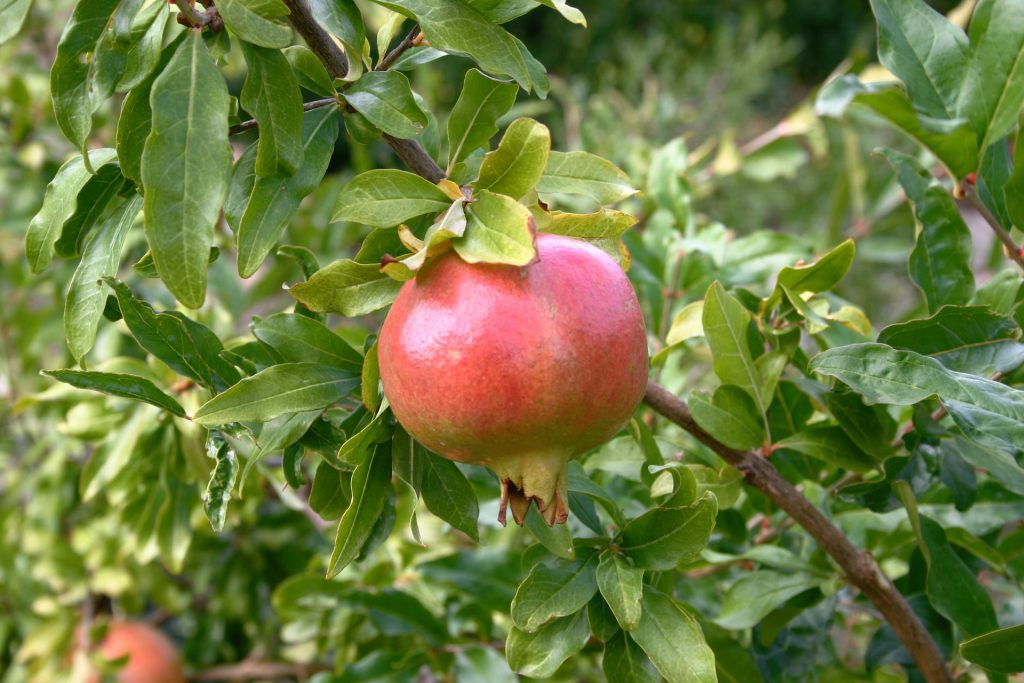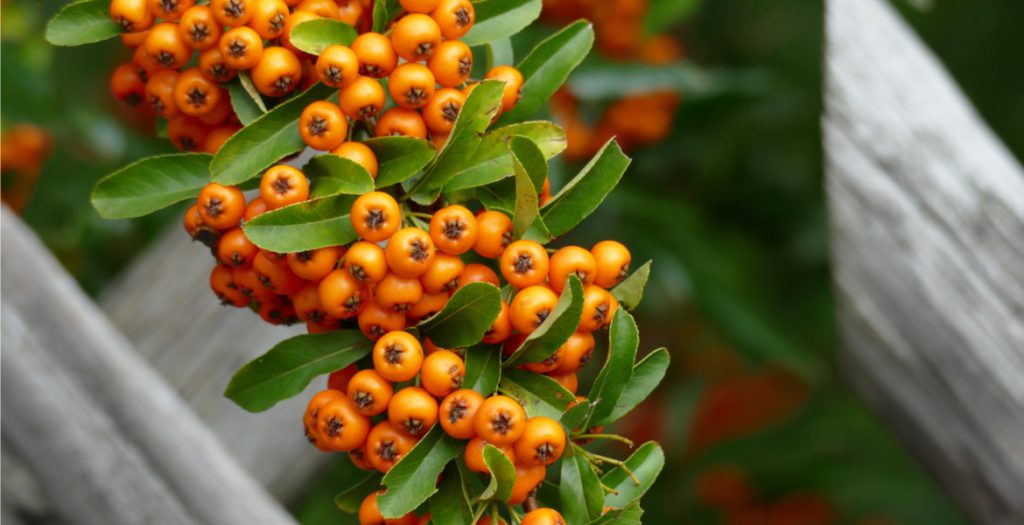If you’re new to houseplants, the Kalanchoe is a great one to start with. They are easy to care for and can tolerate a variety of environments. Kalanchoes are very low-maintenance plants that grow beautiful flowers! Kalanchoes grow many different colored flowers, so there is always a Kalanchoe with colors that works for you and your living spaces! The best part of these plants? They grow best if you forget about them! It’s better to forget to take care of these plants for weeks at a time than to water them every single week.
Kalanchoe is slow-growing, on average taking between two and five years to reach mature size. Available in pretty shades of red, pink, yellow, and white, Kalanchoe can be easily found at many grocery stores, nurseries, and florists, especially around the holiday season. However, homeowners who have curious pets at home should be careful about where they keep their kalanchoe. All parts of the plant are toxic to cats and dogs.
Taking care Kalanchoe
If you’re looking to grow a succulent with a little extra beauty, look no further than kalanchoe (Kalanhoe blossfeldiana) . Like many succulents, kalanchoe is a relatively hands-off species, preferring plenty of sunlight and well-draining soil. In warm-weather zones (10 to 12) where it is grown outdoors, kalanchoe needs a well-drained, sandy soil; it thrives on limited water, provided it gets enough light. As an indoor plant, a cactus mix potting soil is best, and it does best with bright indirect light.
Indoors or outdoors, kalanchoe is well suited to a variety of temperatures, provided it is not touched by frost. Its bloom cycle is set in motion by a long stretch with lengthy periods of nighttime darkness in the wintertime. Beginning in spring, you’ll be treated to bursts of colorful flowers that can last several weeks and can recur throughout most of the year, as long as you control the light exposure.
Kalanchoe plants are relatively problem-free. You may notice an issue with spider mites, mealybugs, or powdery mildew, but even those problems are rare.
How often should I water my Kalanchoe?
The Kalanchoe is a succulent-like plant with thick, fleshy stems and leaves. These stems and leaves store a lot of moisture, so they can keep themselves hydrated for several weeks before it needs to be watered.
The frequency of watering will depend on the type of Kalanchoe you have, as well as the potting mix and container size. Most Kalanchoes need to be watered every one to two weeks. It’s important to let the potting mix dry out completely before watering again. If you’re unsure whether or not your plant needs water, try sticking your finger into the potting mix. If it feels dry to the touch, it’s time to water your plant.
What type of light does a Kalanchoe need?
Kalanchoes might need to be watered as if they’re succulents, they don’t enjoy the bright direct sunlight a regular succulent likes. Kalanchoes prefer bright, indirect sunlight. If you can’t provide bright, indirect sunlight, they will also do fine in an area with filtered sunlight or partial shade. Avoid placing your Kalanchoe in direct sunlight, as this can scorch the leaves. If you notice the leaves of your Kalanchoe starting to turn yellow, it’s an indication that it’s getting too much sun. Move your plant to a location with less direct sunlight.
The Kalanchoe prefers a bright spot because this helps it to get enough energy from the sun to grow its colorful flowers.
What type of soil should I use for my Kalanchoe?
We’ve already discovered that the Kalanchoe is a plant that loves to dry out. To help with this, we’ll need a type of soil to help keep the plant on the dry side.
The best type of soil to use for a Kalanchoe is a well-draining potting mix. You can find well-draining potting mixes at your local garden center or nursery. If you’re using a commercial potting mix, be sure to add extra perlite to increase drainage.
You can also make your own soil mix by using together equal parts of perlite, peat moss, and regular potting soil. This soil mix will keep the soil light and airy, hold onto moisture for a few days, but also drain excess moisture to the bottom of the pot quickly.
What is the best way to fertilize my Kalanchoe?
Fertilizing your Kalanchoe is important for keeping it healthy and encouraging growth. Use a balanced houseplant fertilizer and apply it according to the package directions. It’s best to fertilize your Kalanchoe every two to four weeks during the growing season.
The easiest fertilizer to use is a liquid fertilizer your add to the water when you water your plants. Your Kalanchoe can absorb this type of fertilizer quickly and it’s easy to control the dosage of your fertilizer. By controlling the dosage of the fertilizer, you’re less at risk of overfertilizing your Kalanchoe and accidentally killing it.
Can I move my Kalanchoe outside in the summer?
When you live in a place that gets nice and warm in the summer, you might be wondering if you can move your Kalanchoe outdoors. If it stays above 17 degrees Celsius during the night, you can keep your Kalanchoe outdoors!
When you choose to keep your Kalanchoe outdoors during the summer, there are a few things to keep in mind. Be sure to acclimate it to the outdoors slowly over seven to ten days. Start by placing it in an area with indirect sunlight for a few hours each day. After 7 to 10 days, you can keep your Kalanchoe outdoors overnight. Be sure to bring your Kalanchoe back indoors before the first frost of the season. Also, if you live in an area that can get quite a bit of rain, even during the summer, it might be better to keep your Kalanchoe indoors or place it in a spot that’s covered during the rain.
When is the best time to prune my Kalanchoe?
Pruning your plant is important to keep it healthy and promote growth! The best time to prune your Kalanchoe is in the spring before new growth begins. Use sharp, clean shears to remove any dead or dying leaves, stems, and flowers. You can also use pruning to shape your plant and encourage new growth.
Pruning is important for your plant’s health because dead or dying foliage attracts pests. Leaves and stems that aren’t quite dead yet, also use precious energy from your plant. By pruning these dead and dying stems/leaves, you help to give the energy back to your plant to grow new leaves.
Greek name: Καλαγχόη.
Sources: https://www.valentine.gr/kalanchoe_gr.php, https://plantcareforbeginners.com/articles/how-to-care-for-a-kalanchoe, https://www.thespruce.com/growing-kalanchoe-plants-1902982





